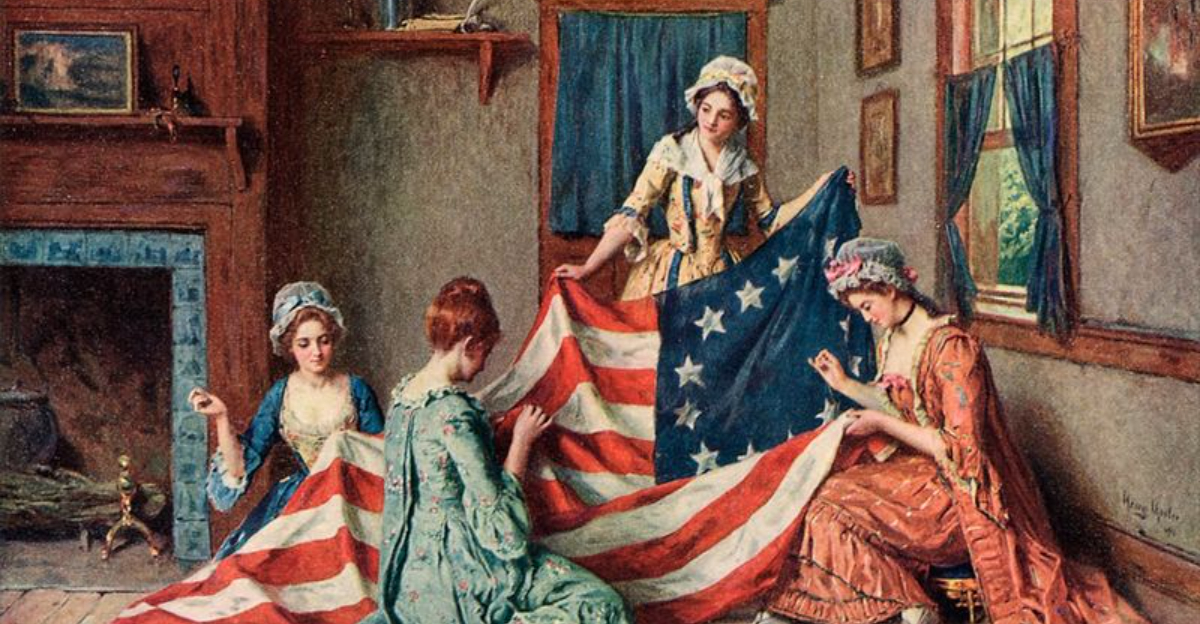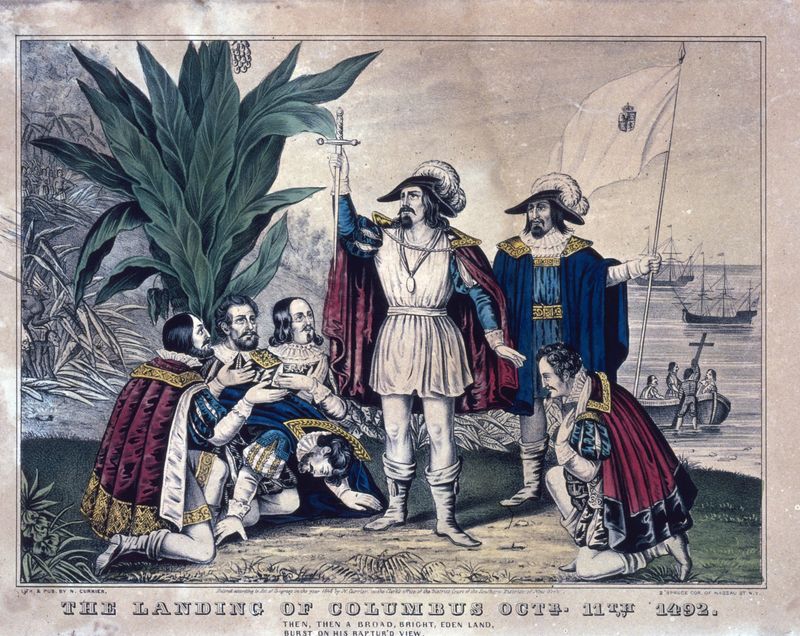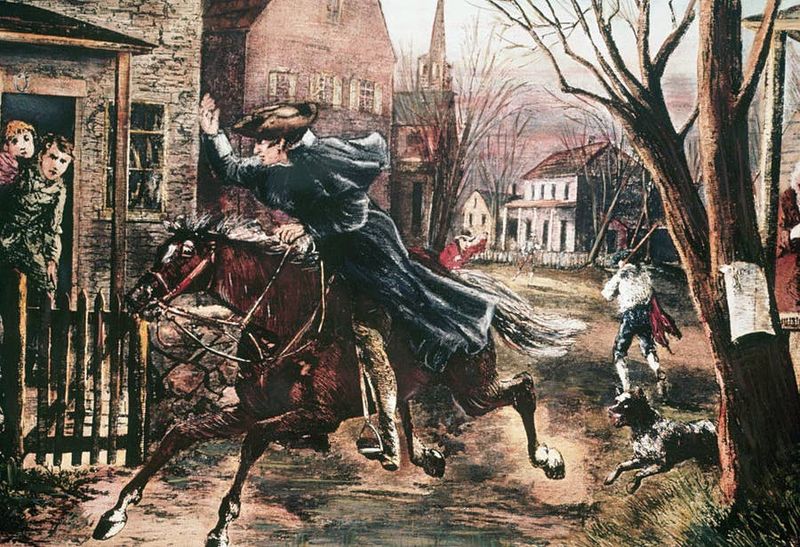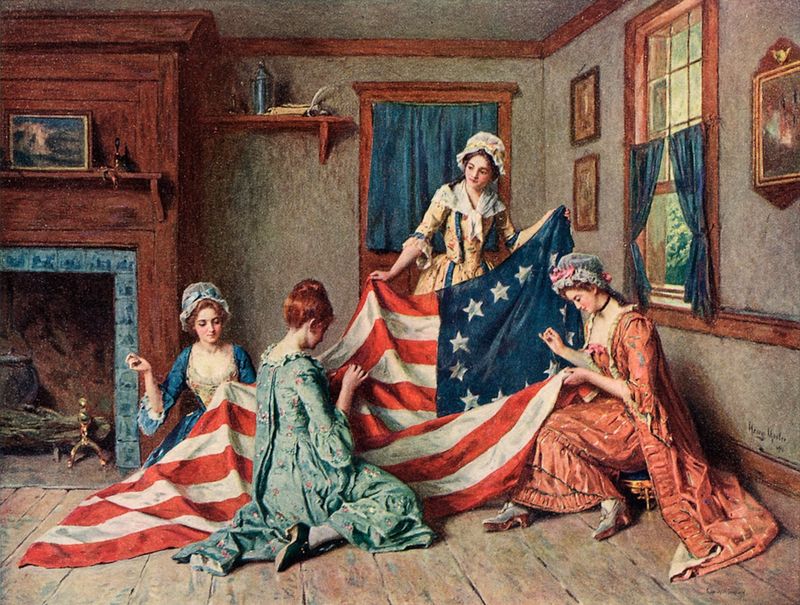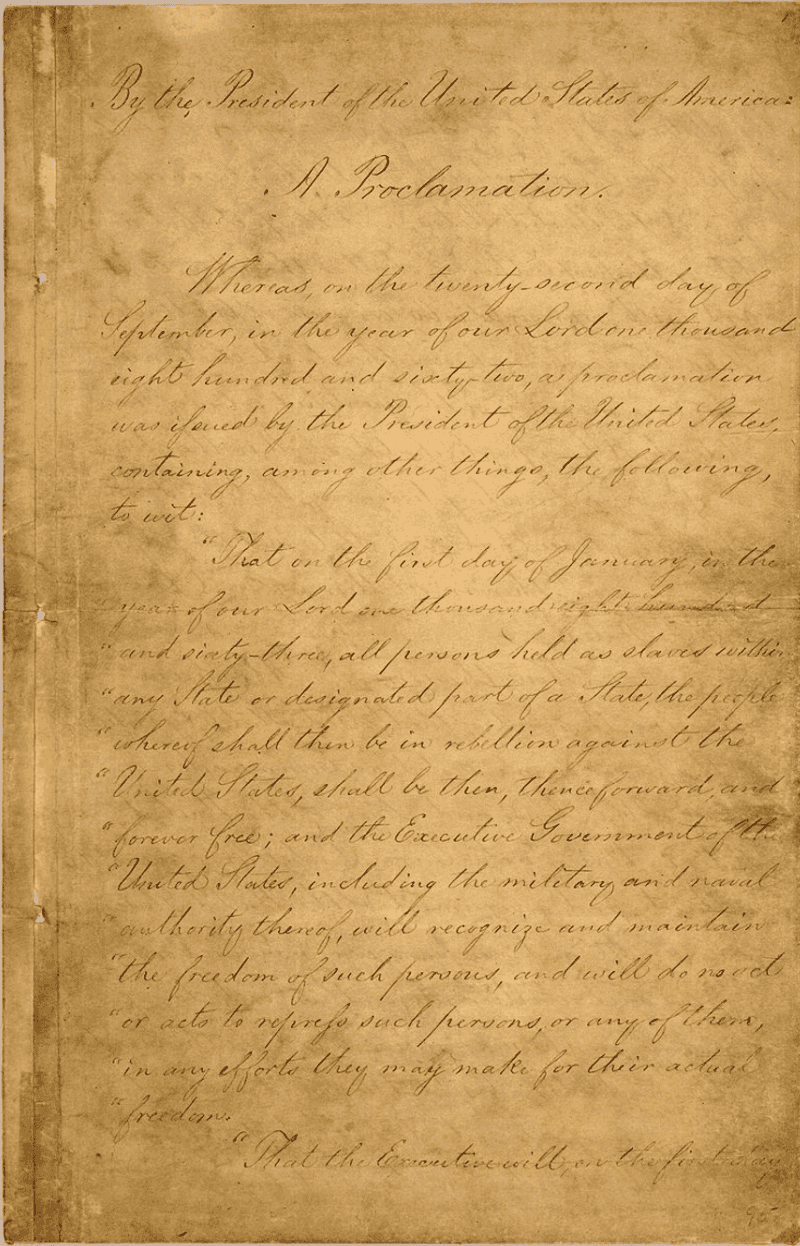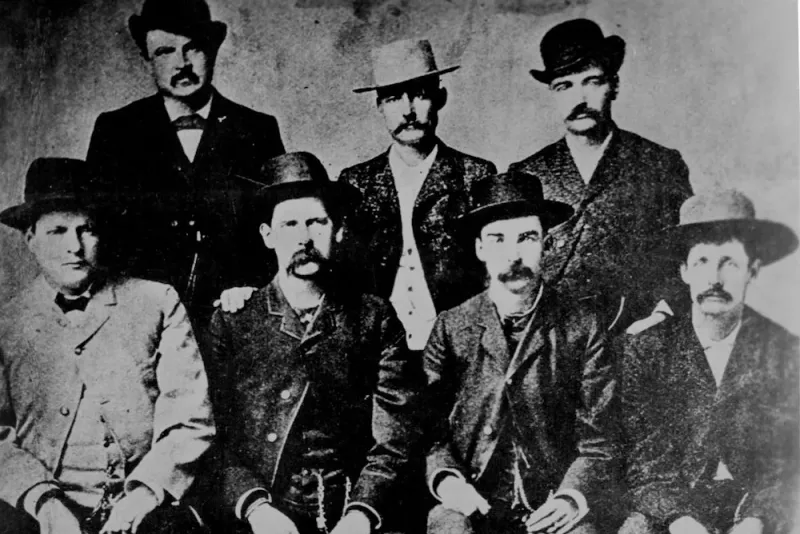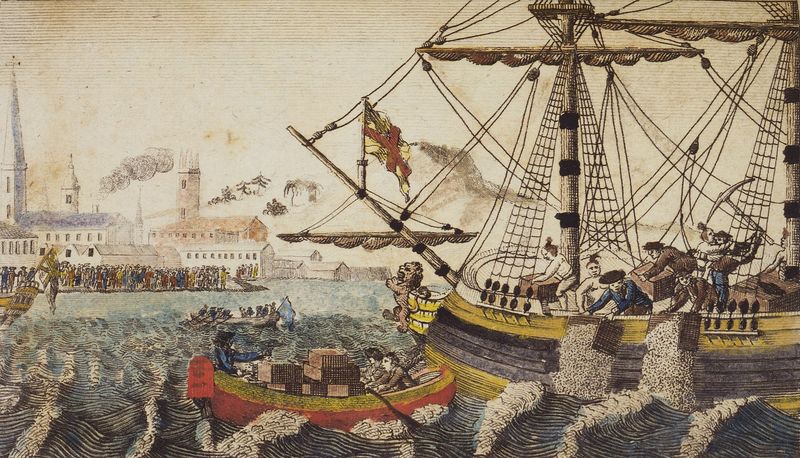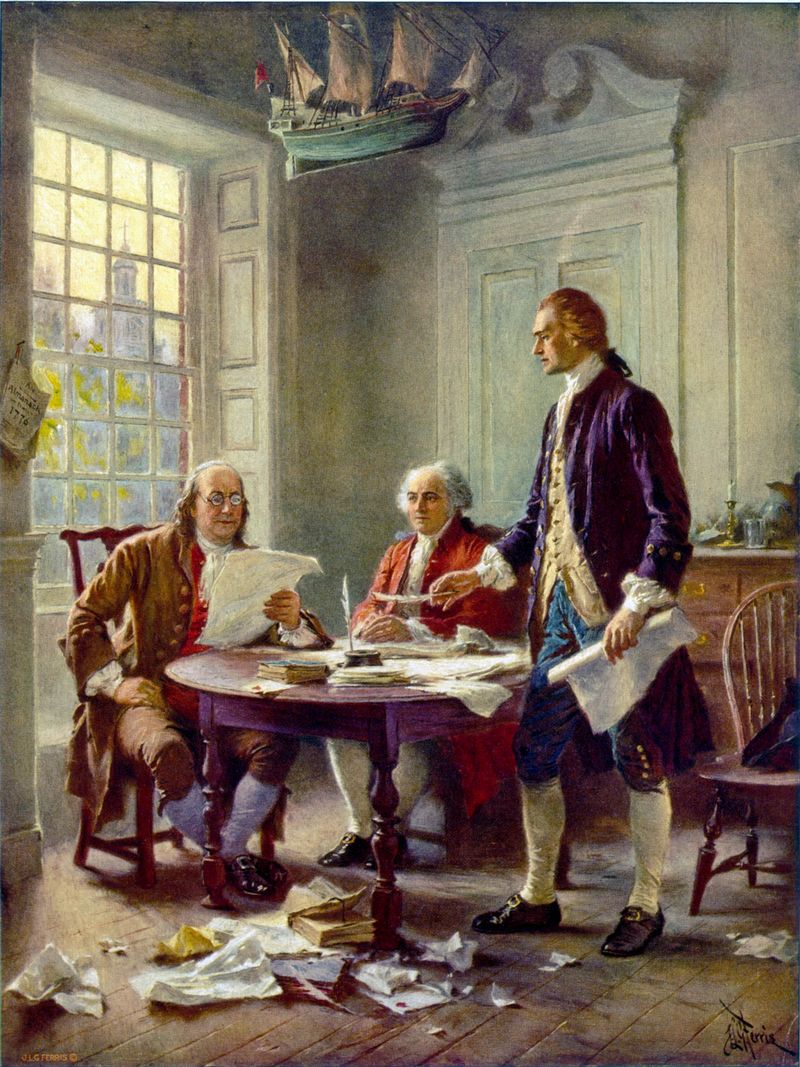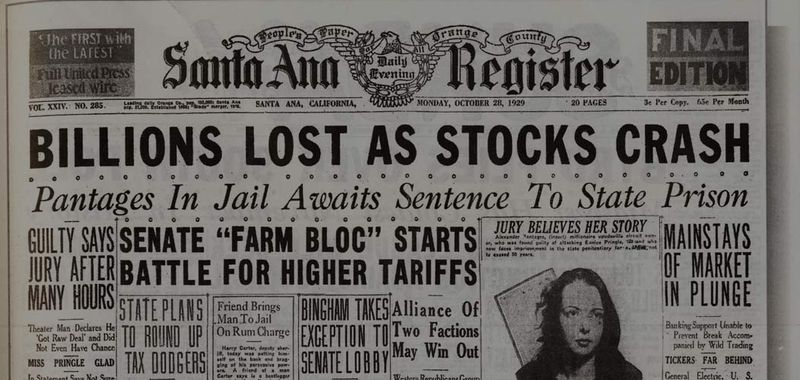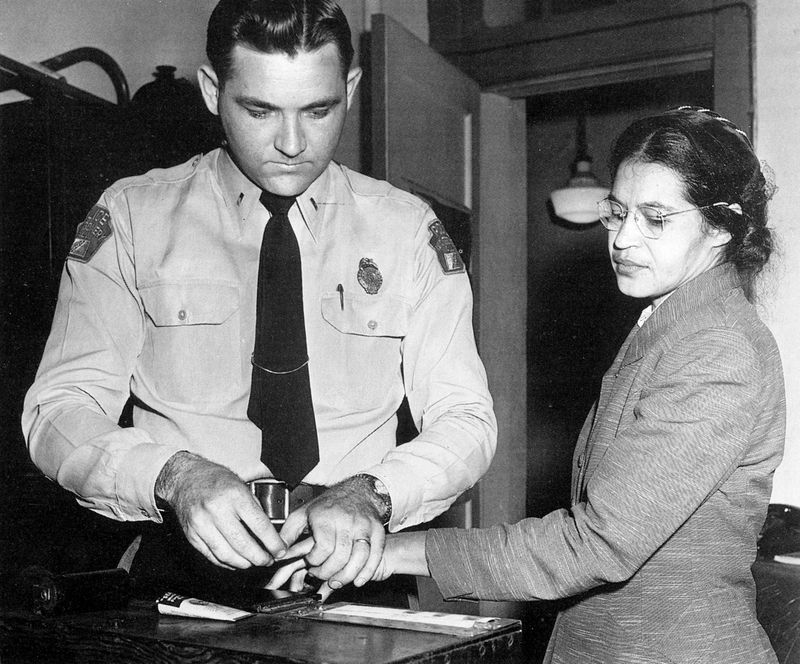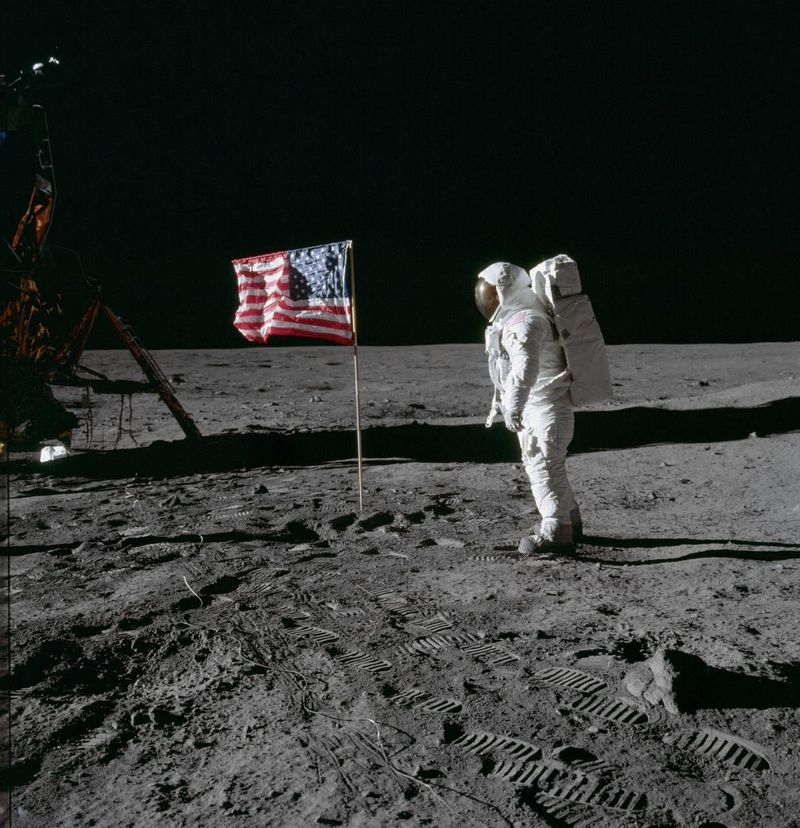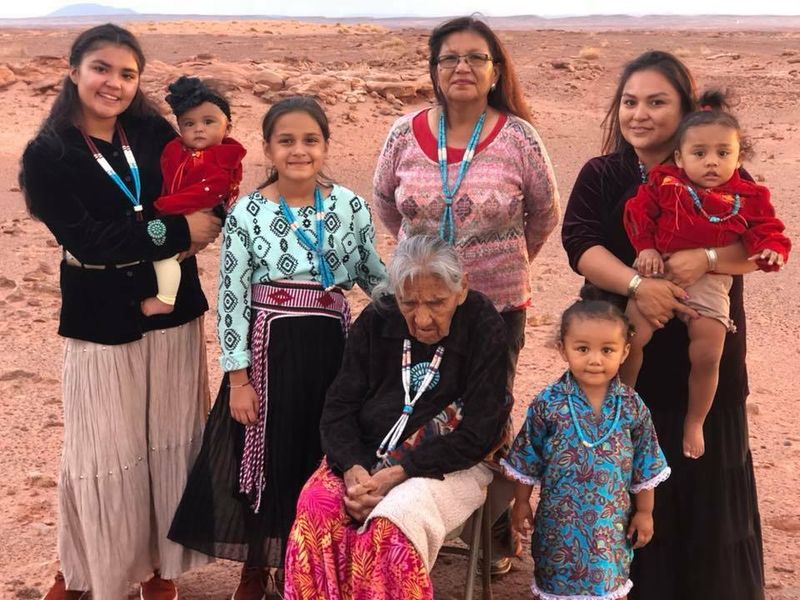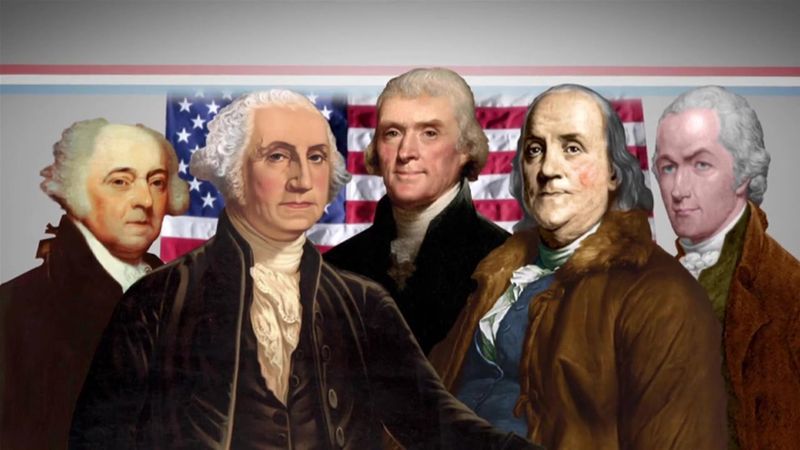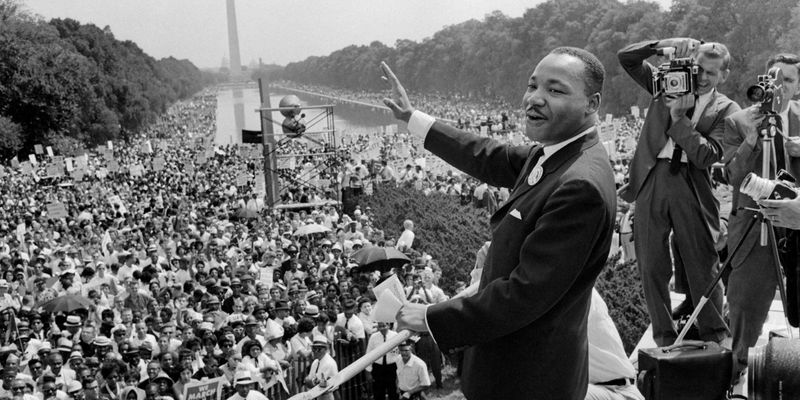Explore 23 commonly misunderstood ‘facts’ about American history that differ from what you may have been taught in school. This article delves into these misconceptions, offering a fresh perspective on America’s past.
1. Columbus Proved the Earth Was Round
In 1492, Columbus set sail, not to prove the Earth was round, as many already knew. Educated Europeans of the time were well aware of the Earth’s shape, a fact often overshadowed by later myths. The flat Earth story gained traction in the 19th century, spurred by fictional narratives.
Columbus’s journey was more about finding new trade routes than redefining the Earth’s geometry. These misconceived tales persist, shaping modern perspectives.
2. The First Thanksgiving Was a Peaceful Feast
Thanksgiving, as celebrated, often overlooks its complex beginnings. The 1621 meal between Pilgrims and Wampanoag was peaceful but failed to signal lasting harmony. The relationship, initially bolstered by mutual need, soon deteriorated into violence and betrayal.
It’s a narrative reconstructed in the 1800s as a symbol of unity, overshadowing the tumultuous reality. Both sides faced cultural misunderstandings and land disputes, leading to a fractured peace.
Modern celebrations echo this rewritten tale, masking the historical complexities beneath shared traditions. Reflecting on this forgotten history offers a fuller understanding of present customs.
3. Paul Revere Yelled, ‘The British Are Coming!’
Paul Revere’s ride in 1775 is entrenched in American lore, yet the popular call, “The British are coming!”, is a fabrication. With British forces dispersed across the region, secrecy was vital. Revere’s mission was covert, not broadcasted with such an obvious cry.
In reality, Revere used discreet signals to alert patriots of the march toward Concord. The famous phrase emerged much later, popularized by Longfellow’s 1860 poem.
This myth highlights how storytelling can transform historical events, reshaping them into easily digestible tales that endure in public memory.
4. The Declaration of Independence Was Signed on July 4, 1776
The Fourth of July is celebrated as Independence Day, but the signing of the Declaration of Independence didn’t occur on this date. While adopted on July 4, 1776, most delegates signed it on August 2.
The document represented a bold assertion of autonomy, with signatures added over time, reflecting the challenges of uniting a new nation.
This delay underscores the complexities involved in the founding of a nation. The transformation from decision to signature exemplifies the multifaceted path to independence, reminding us that history often involves more than singular moments.
5. Betsy Ross Designed the First American Flag
Betsy Ross is often credited with crafting the first American flag, yet historical evidence remains elusive. The tale, told by her grandson in 1870, captures imagination but lacks documentation.
Despite popular belief, no primary evidence confirms Ross’s involvement in the flag’s design. However, her story endures, symbolizing creativity and patriotism.
This narrative highlights how history can be shaped by storytelling, intertwining fact and legend. The flag remains a potent emblem, while Ross’s attributed role invites reflection on historical authenticity and the tales that captivate our national consciousness.
6. The Emancipation Proclamation Freed All Slaves
The Emancipation Proclamation, issued by Abraham Lincoln in 1863, is frequently misunderstood as freeing all slaves. In reality, it applied only to Confederate-held areas, where Lincoln’s authority was limited.
Border states loyal to the Union retained slavery until the ratification of the 13th Amendment in 1865. This document marked a crucial step toward abolition, but the path to freedom was gradual and fraught with challenges.
This misconception emphasizes the complexity of legal and social changes during the Civil War, highlighting the nuanced journey toward true liberty and justice.
7. The Wild West Was as Lawless as in Movies
The Wild West conjures images of lawlessness, yet historical records depict a more regulated society. Many towns, like Dodge City, enforced strict gun control, contributing to public order.
Tales of shootouts, popularized by Hollywood, often exaggerate reality. While conflicts occurred, they were less frequent than legend suggests.
This contrast between myth and reality reveals how entertainment shapes perceptions. The real “Wild West” was a blend of freedom and order, with local laws balancing individual liberty with community safety.
8. The Civil War Was Fought Solely Over Slavery
The Civil War is often simplified as a battle solely over slavery. Although slavery was the primary catalyst, it intersected with issues of states’ rights, economic disparities, and political power.
These complex dynamics fueled the conflict, reflecting deep-seated tensions within a young nation. Slavery’s moral and economic implications were central, yet other factors also drove the divide.
This multifaceted view offers a deeper understanding of the war, moving beyond one-dimensional narratives. Recognizing these layers provides insight into the nation’s enduring struggles with unity and justice.
9. Abraham Lincoln Was a Radical Abolitionist
Abraham Lincoln is revered as a champion of freedom, yet his abolitionist stance evolved over time. Initially, he aimed to limit slavery’s expansion, not abolish it outright.
Lincoln’s position shifted as the Civil War progressed, aligning more closely with abolitionist ideals. This transformation highlights the complexities of leadership and moral conviction.
Understanding Lincoln’s nuanced journey enriches our perception of him as a pragmatic leader, balancing ideals with political realities. His legacy as the “Great Emancipator” reflects both his personal growth and the broader societal shifts of his era.
10. The Pilgrims Came to America for Religious Freedom
The Pilgrims’ journey to America is often framed as a quest for religious freedom. While escaping persecution, their initial refuge was the Netherlands, where they enjoyed religious tolerance.
Their subsequent move to America was driven by a desire to preserve cultural identity and autonomy, rather than solely seeking freedom.
This nuanced story reveals motivations beyond simplistic narratives. Understanding their true intentions offers insight into early American settlers’ challenges and desires, reflecting broader themes of migration and identity.
11. The Boston Tea Party Was About High Taxes
The Boston Tea Party is often perceived as a reaction to high taxes. In reality, it was a protest against the British East India Company’s monopoly, which threatened colonial merchants.
Colonists feared economic control, not just taxation without representation. The event symbolized resistance to imperial overreach, transcending mere fiscal grievance.
This broader perspective challenges simplified accounts, revealing economic and political nuances. The Tea Party’s legacy endures as a testament to colonial defiance and the complex roots of revolutionary sentiment.
12. Cowboys Were Mostly White Americans
The cowboy image in popular culture is predominantly white, yet historical records reveal a more diverse narrative. Approximately 25% of cowboys were Black, and many were Mexican vaqueros.
These cowboys played crucial roles in cattle drives and ranching, contributing to the rich tapestry of Western life. Hollywood’s portrayal, however, often overlooked this diversity.
Acknowledging this varied history enhances our understanding of the American West, inviting a broader appreciation of the cultural influences that shaped this iconic era.
13. The U.S. “Bought” Alaska in 1867 Because It Was “Useless”
The purchase of Alaska in 1867, often derided as “Seward’s Folly,” was seen as foolish by critics. However, Russia sold it fearing loss to Britain, while the U.S. recognized its strategic potential.
Alaska’s resources and geographical position soon revealed its value, challenging initial skepticism. The ridicule gave way to acknowledgment of wise foresight.
This story underscores how initial perceptions can obscure long-term benefits, reflecting the complexities of geopolitical strategy. Understanding these dynamics reshapes the narrative of Alaska’s acquisition and its enduring significance.
14. The Founding Fathers Were All Christians
The religious beliefs of the Founding Fathers are often oversimplified as uniformly Christian. In truth, many were Deists, believing in a non-interventionist God, with figures like Jefferson challenging traditional Christianity.
Their diverse perspectives influenced the nation’s founding principles, emphasizing religious freedom and separation of church and state.
This complexity reveals the depth of thought shaping America’s beginnings, inviting reflection on the varied beliefs that contributed to the country’s foundation. It’s a reminder of the enduring value of religious pluralism in the American ethos.
15. The Great Depression Started with the Stock Market Crash
The Great Depression is often linked solely to the 1929 stock market crash. However, underlying issues like bank failures, drought, and overproduction also played critical roles.
These factors created a perfect storm, leading to economic collapse. The crash was a symptom, not the solitary cause, of deeper structural problems.
This broader perspective helps us understand the multifaceted nature of economic crises, moving beyond simplistic explanations. Recognizing these interconnected causes offers valuable lessons for navigating future economic challenges.
16. The U.S. Entered WWII After Pearl Harbor to Save the Jews
America’s entry into World War II is sometimes attributed to a desire to save Jewish lives. In reality, Pearl Harbor’s attack prompted action, while saving Jews wasn’t a primary motive.
The U.S. had previously turned away Jewish refugees, reflecting complex political and social considerations. The Holocaust’s horrors were realized more fully later.
This narrative highlights the intricate motivations behind wartime decisions, challenging simplified views. It underscores the importance of remembering history’s nuances and the diverse factors influencing pivotal events.
17. Rosa Parks Was Just a Tired Old Woman
Rosa Parks is often depicted as a weary seamstress whose simple act sparked change. However, at 42, she was a seasoned activist, deliberately challenging segregation laws.
Her arrest in Montgomery in 1955 was a catalyst, igniting a pivotal movement in the fight for civil rights. Parks’s act of defiance was strategic, not spontaneous.
This reevaluation of her role emphasizes the power of conscious resistance, highlighting how individual actions can drive societal transformation and inspire lasting change.
18. The Vietnam War Was Fought to Stop Communism
The Vietnam War is often framed as a battle against communism. While Cold War politics played a role, other factors like the domino theory and geopolitical strategy drove U.S. involvement.
These motivations reveal a complex web of influences, beyond the simplistic narrative of stopping communism. The war’s legacy continues to spark debate and reflection.
Understanding this broader context enriches our perspective, inviting discussions about the intricate dynamics of global conflict and the consequences of interventionist policies.
19. The U.S. “Won” the Space Race by Landing on the Moon
The U.S. moon landing in 1969 is heralded as a Space Race victory, yet the competition was broader. The Soviets achieved numerous firsts, including the first satellite and human in space.
America’s lunar triumph symbolized a significant milestone, but the race encompassed more than one event. It reflected technological prowess and geopolitical rivalry.
This broader view invites appreciation for the achievements on both sides, recognizing the Space Race’s role in fueling innovation and exploration across the globe.
20. Native Americans Were All Wiped Out or Assimilated
Contrary to myths of disappearance, over 9 million Native Americans live in the U.S. today, maintaining vibrant cultures and sovereign nations. Historical narratives often overlook their resilience and adaptability.
Native communities continue to thrive, embracing traditions while navigating contemporary challenges. Their enduring presence challenges misconceptions of assimilation or extinction.
Recognizing this rich cultural tapestry invites deeper understanding and respect for Native American history and contributions. It’s a testament to enduring spirit and cultural resurgence.
21. The Founding Fathers Wanted a Two-Party System
The Founding Fathers’ vision for America didn’t include a two-party system. Leaders like Washington warned against factions, fearing division and discord.
Despite these cautions, political parties emerged, driven by differing philosophies and interests. The evolution reflects a dynamic political landscape, shaped by debate and negotiation.
This history challenges assumptions about political structures, inviting reflection on the complexities of governance and representation in a diverse society.
22. The U.S. Has Always Been a Democracy
America’s democratic ideals are cherished, yet the reality was initially restrictive. Early voting rights were limited to white male landowners, reflecting a more republican than democratic framework.
The evolution toward inclusive democracy was gradual, marked by struggles for suffrage and civil rights. This journey underscores the ongoing pursuit of equality and representation.
Understanding this trajectory offers insight into the complexities of democratic development, highlighting the efforts that have expanded participation over time.
23. The Civil Rights Movement Ended with MLK’s ‘I Have a Dream’ Speech
Martin Luther King Jr.’s “I Have a Dream” speech in 1963 is iconic, yet the Civil Rights Movement continued long after. Ongoing efforts addressed challenges in housing, economic justice, and police brutality.
The movement’s legacy endures, inspiring activism and highlighting persistent inequalities. It’s a reminder of the continuous work toward justice and equity.
This perspective broadens our understanding of the civil rights struggle, emphasizing its enduring impact and the importance of sustained advocacy.
